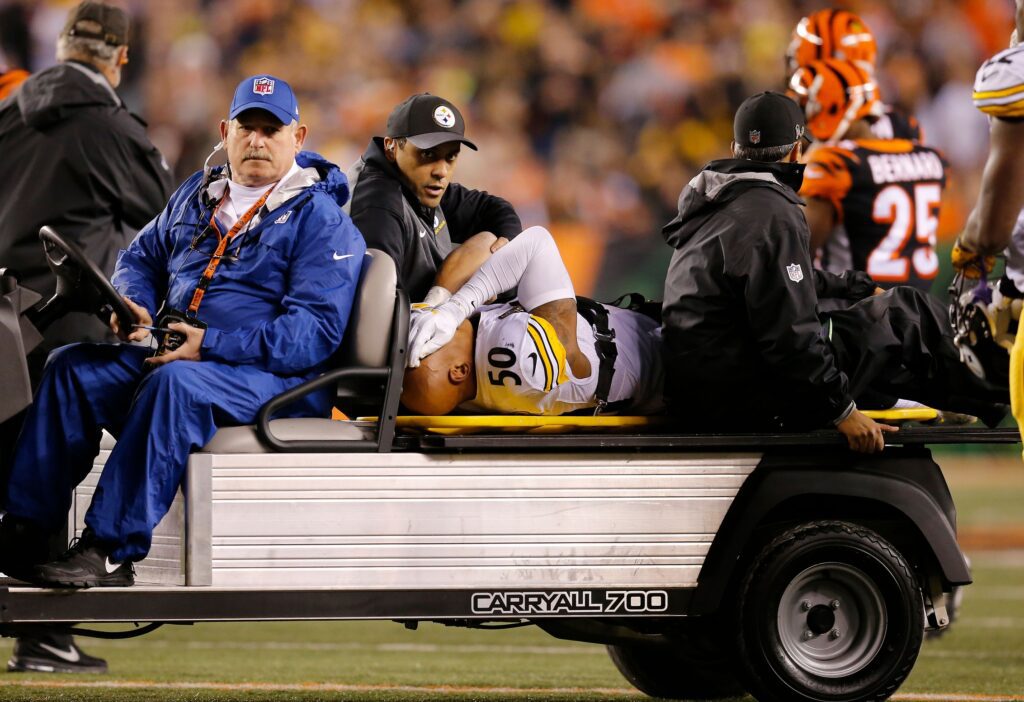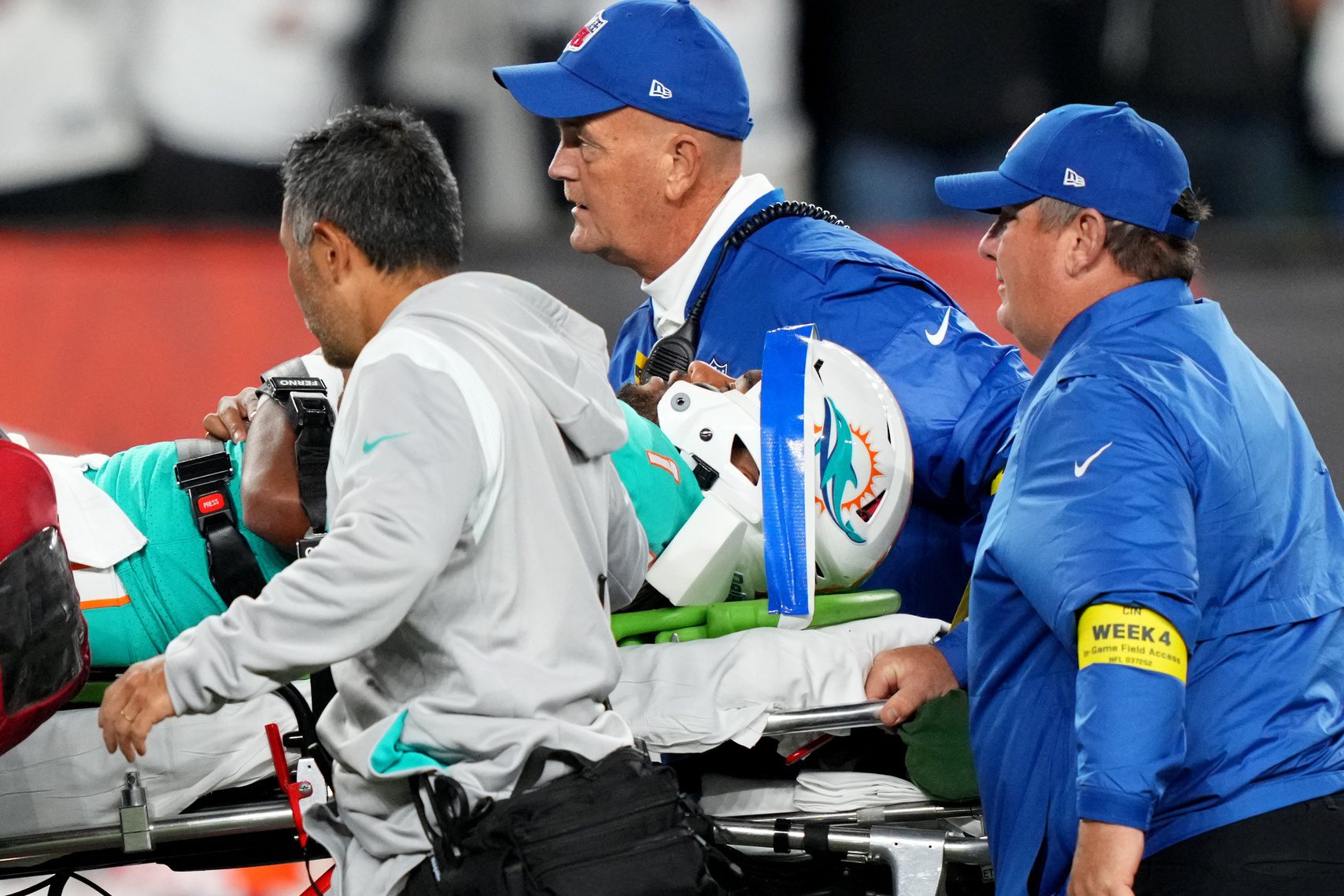The National Football League (NFL) has long been synonymous with hard-hitting action and athletic prowess. However, in recent years, a growing concern has cast a shadow over the sport: the long-term impact of head injuries shatter NFL player longevity and health. As research advances and public awareness increases, the NFL faces mounting pressure to address this critical issue that affects not only the players’ careers but also their quality of life long after they leave the field. Let’s tackle this complex issue head-on and explore the far-reaching implications of head injuries in professional football.
The Science of Head Injuries in Football
Football, by its very nature, involves frequent collisions and impacts to the head. These repetitive blows, even when not resulting in concussions, can lead to a condition known as chronic traumatic encephalopathy (CTE). CTE is a progressive degenerative brain disease found in individuals with a history of repetitive brain trauma. Studies have shown that NFL players are at a significantly higher risk of developing CTE compared to the general population.
Research conducted by Dr. Ann McKee and her team at Boston University’s CTE Center has been pivotal in understanding the prevalence and severity of CTE in former NFL players. In a 2017 study published in the Journal of the American Medical Association, they found CTE in 99% of the brains of deceased NFL players that were donated for research. This staggering statistic highlights the pervasive nature of brain trauma in professional football.
The immediate effects of concussions are well-documented, including headaches, dizziness, and confusion. However, the long-term consequences can be far more severe. Players who suffer multiple concussions throughout their careers are at increased risk for cognitive decline, memory problems, depression, and even early-onset dementia. These health issues not only impact player longevity on the field but also significantly affect their quality of life after retirement.
Career Implications and Player Decisions
The growing awareness of head injury risks has led to changes in how players approach their careers. Many are now choosing to retire earlier, prioritizing their long-term health over extended playing time. A notable example is former NFL linebacker Chris Borland, who retired after just one season, citing concerns about the long-term effects of repetitive head trauma.
The NFL’s treatment of different positions also factors into career longevity discussions. As highlighted in the Knup Sports article “NFL’s Unfairness To Running Backs,” running backs face particularly high injury risks, including head injuries, due to the nature of their position. This increased risk, combined with the NFL’s salary structures and contract practices, often leads to shorter careers for players in this position.
The impact of head injuries extends beyond individual player decisions. Teams and coaches are now more cautious about player returns after concussions, often sidelining key players for longer periods. This approach, while beneficial for player health, can have significant implications for team performance and player contracts, especially in a league where availability often dictates value.

NFL’s Response and Ongoing Challenges
In response to mounting evidence and public pressure, the NFL has implemented various measures to address head injuries. These include stricter concussion protocols, rule changes to reduce dangerous hits, and improved helmet technology. The league has also committed substantial funds to research and player safety initiatives.
However, critics argue that these measures, while steps in the right direction, are insufficient given the scale of the problem. The NFL continues to face legal challenges from former players who claim the league downplayed the risks of head injuries for years. The settlement of a class-action lawsuit in 2013, which could cost the NFL over $1 billion, underscores the financial and ethical implications of this issue.
One of the ongoing challenges is balancing player safety with the inherent physicality of the sport. Football’s appeal has long been tied to its hard-hitting nature, and there are concerns that drastically changing the game to improve safety could alter its fundamental character. This dilemma presents a complex challenge for the NFL as it seeks to protect players while maintaining the sport’s popularity.
The Future of Football and Player Longevity
As research continues to evolve, the future of football and player longevity remains uncertain. Innovations in protective equipment, such as advanced helmet designs and impact-sensing technologies, offer some promise. However, many experts believe that true progress will require fundamental changes to how the game is played and how players are cared for throughout their careers and into retirement.
Youth football is also under scrutiny, with some calling for limits on tackle football for young players to reduce lifetime exposure to head impacts. These discussions could shape the future pipeline of NFL players and potentially impact the sport at all levels.
The issue of head injuries and player longevity in the NFL is multifaceted, involving complex interactions between medical science, player welfare, league policies, and the very nature of the sport. As awareness grows and research advances, it’s clear that addressing this issue will be crucial for the long-term sustainability of professional football and the well-being of its players.









